Maintaining a well-used knife can sometimes be a pain. Where the anatomy of a pocketknife can be relatively simple, maintaining that infrastructure so that it operates constantly as it did new, is quite the challenge.
In my experience, this is often found to be in pocketknives that are routinely carried too. Yes – even the guys who never use their knife but carry it everywhere experience this! The simple reason is debris ingress.
Knives all have a relatively open operating mechanism from the pivot, detent, lock, and most other features.
With that said, whether its moisture, dust, magnetic debris, or particles from things we cut, it's very easy to gum up the works.
Oil for knives, in addition to routine maintenance is a surefire way to improve performance, and functional longevity of your blades.

Combating this is our bread and butter – maybe mostly the butter! A lot of the conversation around knife lubrication is centered around the detent, or the locking mechanism in which holds our moving blade into its cutting position.
The detent is a mechanically designed function consisting of (usually) a spring-loaded ball that rests inside of the frame of the knife. The ball, when locked, keeps the blade from retracting.
When the user “unlocks" the blade, the ball then rides on the blade on a common path until the blade completes its rotation into the frame.
Since this is a "heavy traffic" area, knife lube selection is of utmost importance, in conjunction with knowing where, and how to use it.
So how exactly do you address the “rough areas" of the detent, and how to address them? Follow our simple guide below and find out how!
LUBRICATING THE DETENT IN 5 STEPS!
STEP 1. First, select your knife lube!
We recommend Knife Pivot Lube Heavy. This is due to its nature to refluid, and keep/retain viscosity.
The thicker, gel-like lube eliminates scratchy detents, and allows the user to lube less frequently. It's our favorite knife lube for detents!
STEP 2. Disassemble the knife!
A lot of folks like to get away with not taking the knife apart in fear of not getting it back together, but to address all areas (especially the sneaky ones) it's kind of unavoidable!
A good way to shed fear of this is via taking the plunge!
Be aware of flying parts (disassembling in a ziplock bag is a nice way to contain liftoff of springs etc...), and be sure to keep a tray near in order to eliminate roll-aways.
STEP 3. Identify the detent area, and ball - assess the situation!
Remove any magnetic shavings, wood, grime, old lube, dirt, and other debris.
For this step, it's usually best to use a pick (or something finer like a sewing needle) to get around the ball, and a thin cloth for the surface.
If possible, it's also a good idea to press the ball down, and use the needle in order to get in the hole where the ball resides.
Attempt to spin the ball as you clean, in order to kick up any debris that may have been riding in the spring area under the ball.
STEP 4. Find the detent track!
Once you've ID'd where the detent track is (most often, obvious) wipe it down with a thin cloth, and see if there are any areas of deterioration.
This area is just as critical as the detent ball and area itself, since most bumps and unneeded friction often come from the track area, where the ball rides.
STEP 5. Get the thicker formula lube, and lubricate!
I usually apply one drop on the ball, and let the knife lube sink in. For the track, I prefer to take a thin cloth or Q-tip and apply to the general area.
Once I'm finished addressing the track, and any other parts of the knife (as well as cleaning the blade etc...) I'll wipe any excess knife lube from the ball area, then reassemble.
Wrap Up: LUBRICATING THE DETENT IN 5 STEPS!
It's also noteworthy to mention that even though you may personally hate taking your knife apart for just the detent maintenance, you can always clean up other areas that habitually gather pocket lint and debris.
For this article, I made sure to use an old, worn beater that had plenty of dust ingress, and wear from a few hard years outdoors.
With that said, to prevent all of the work I had to do, and to keep the smooth factor alive, proper care, and a thicker formula lube is key!
Regardless of what you use your EDC knife for, being in a pocket is inherently dirty even when it's not being used. Proper maintenance, and some TLC go a long way!


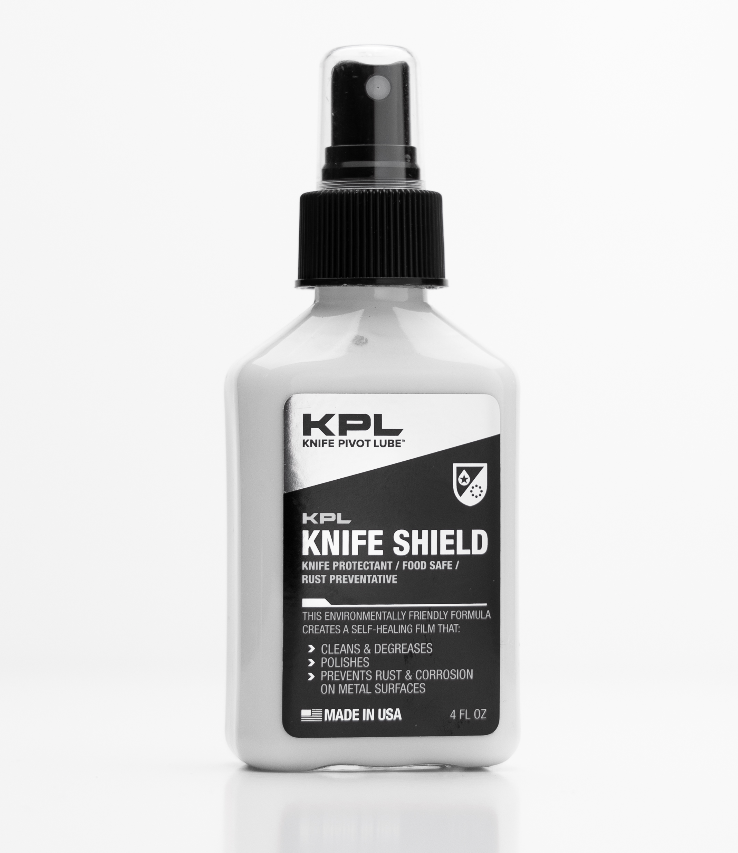
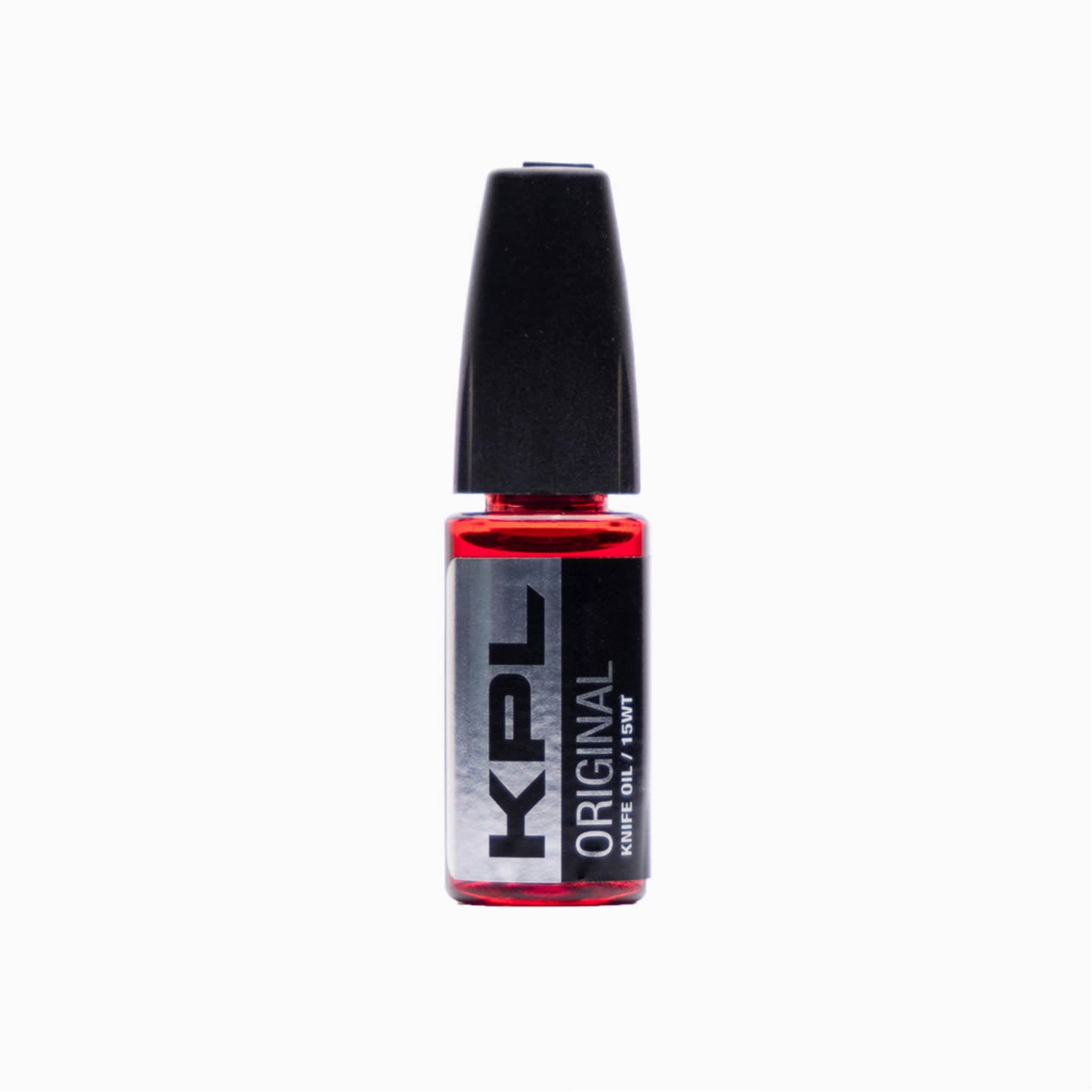

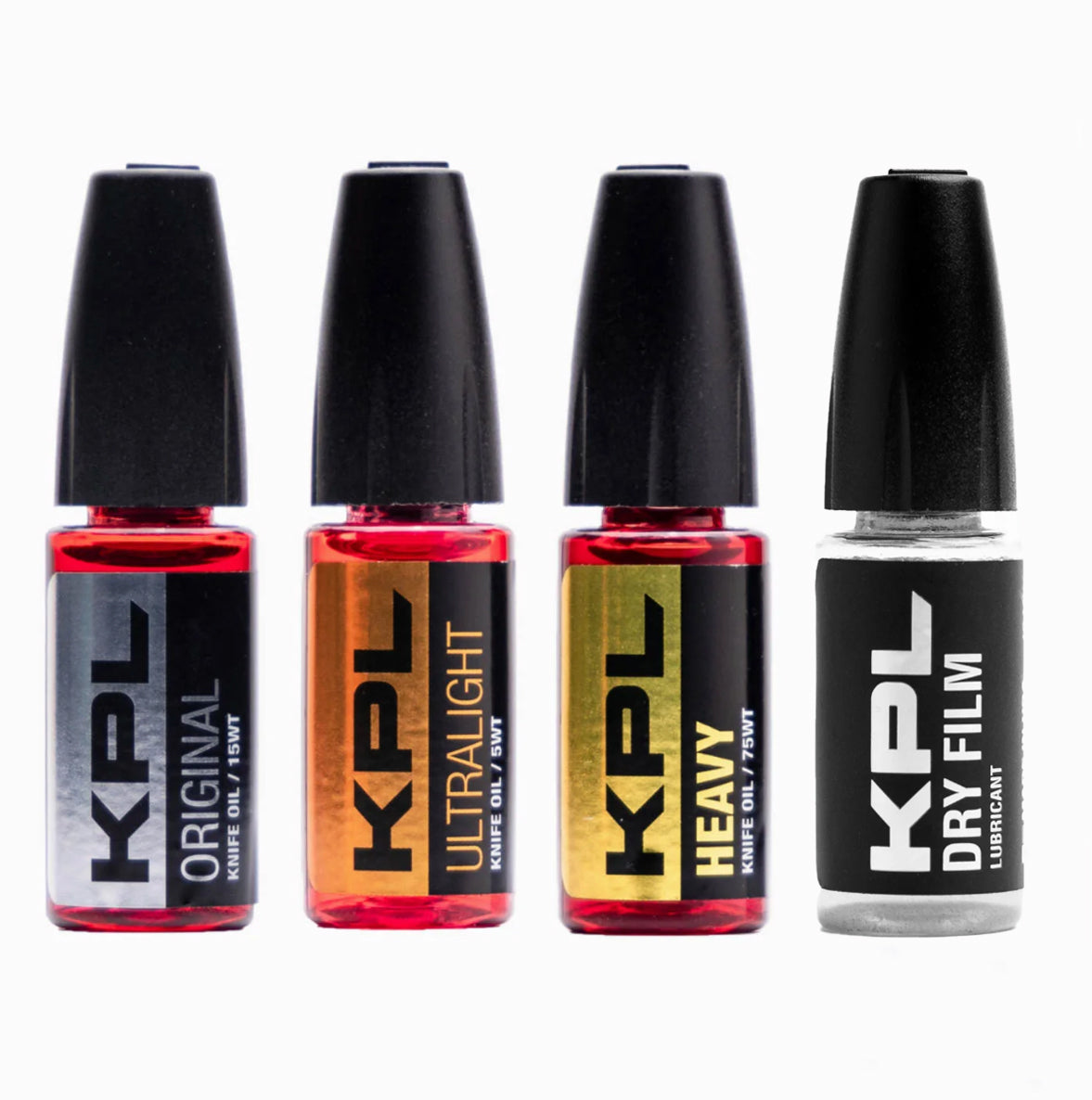
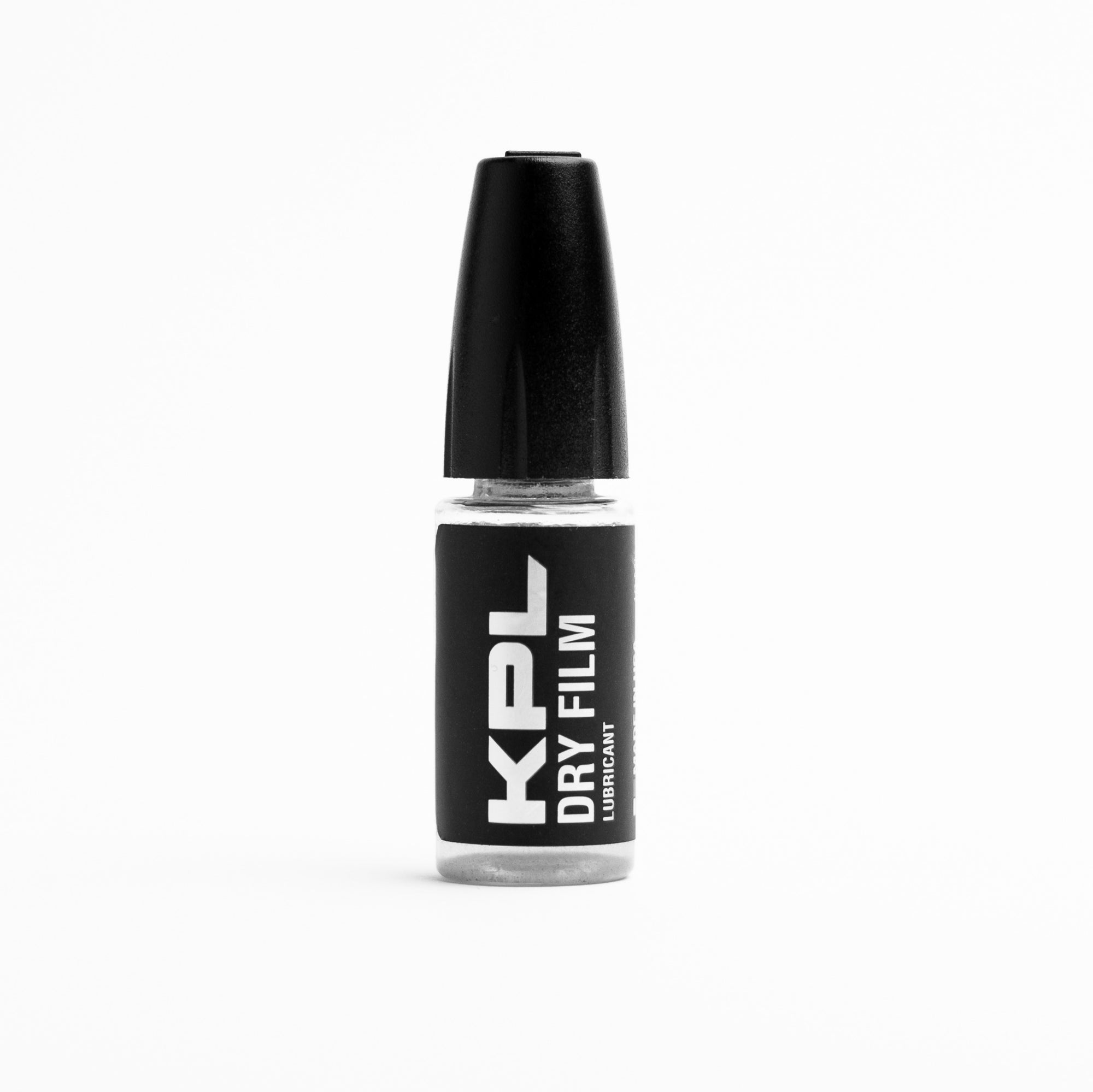
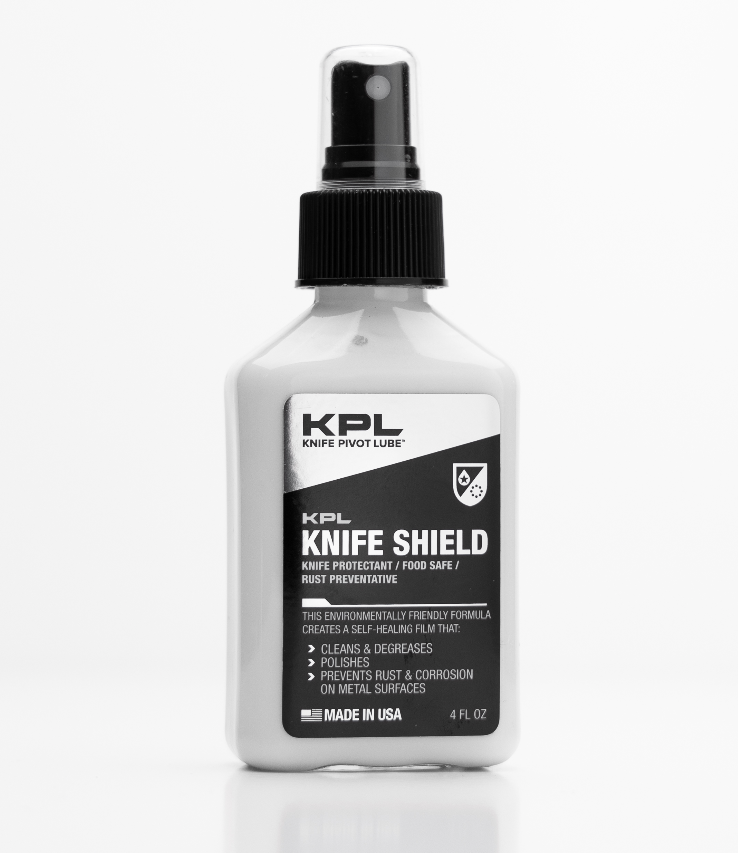
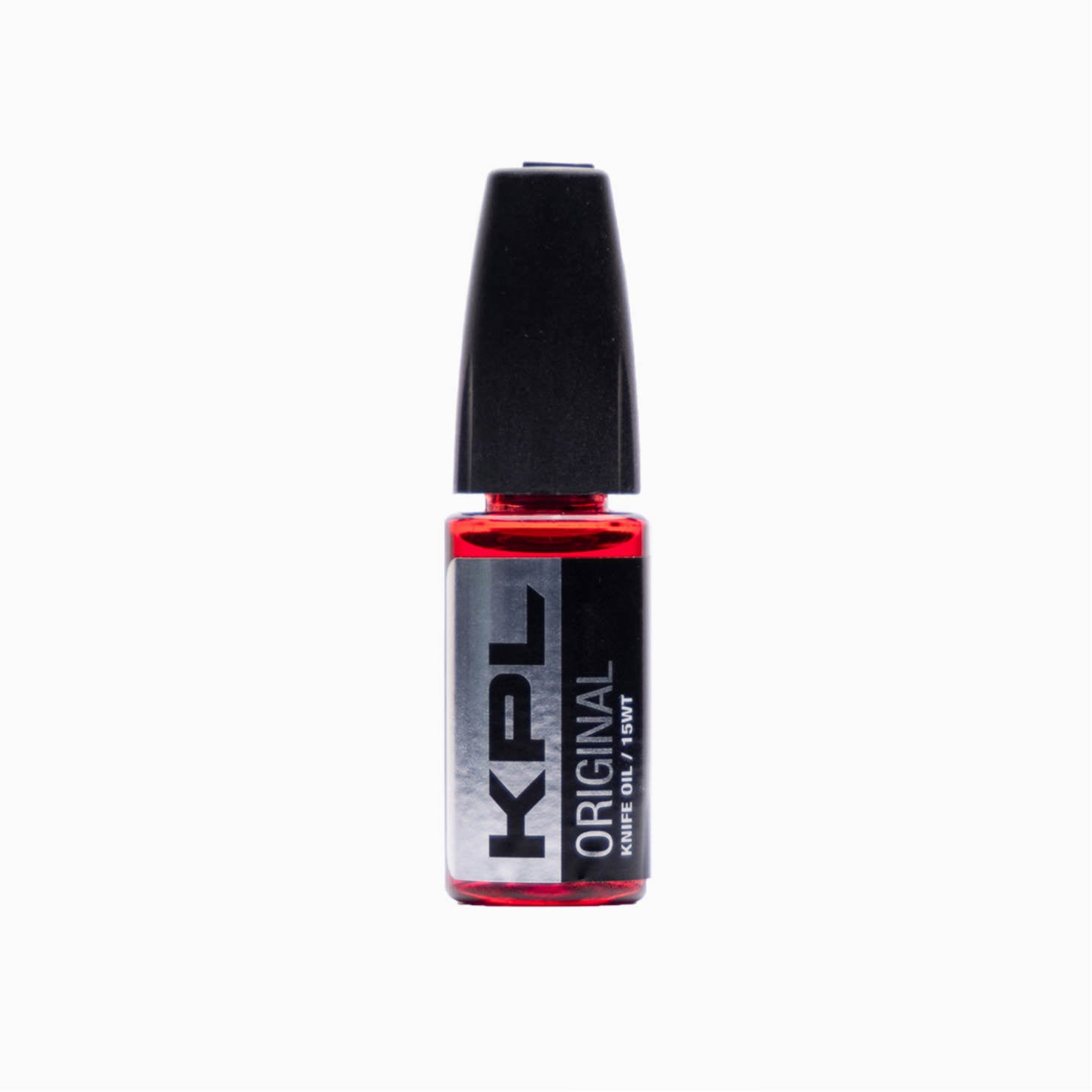






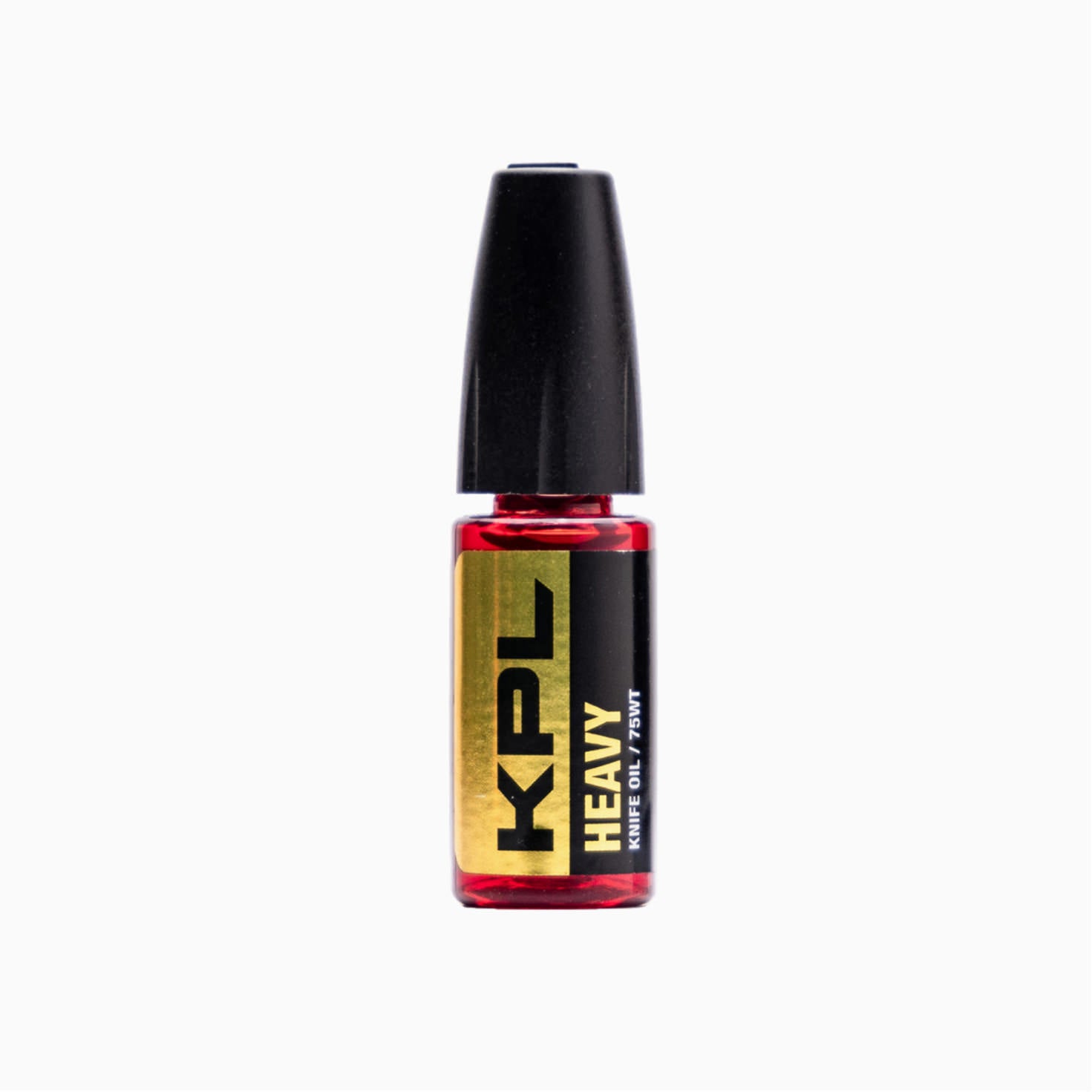
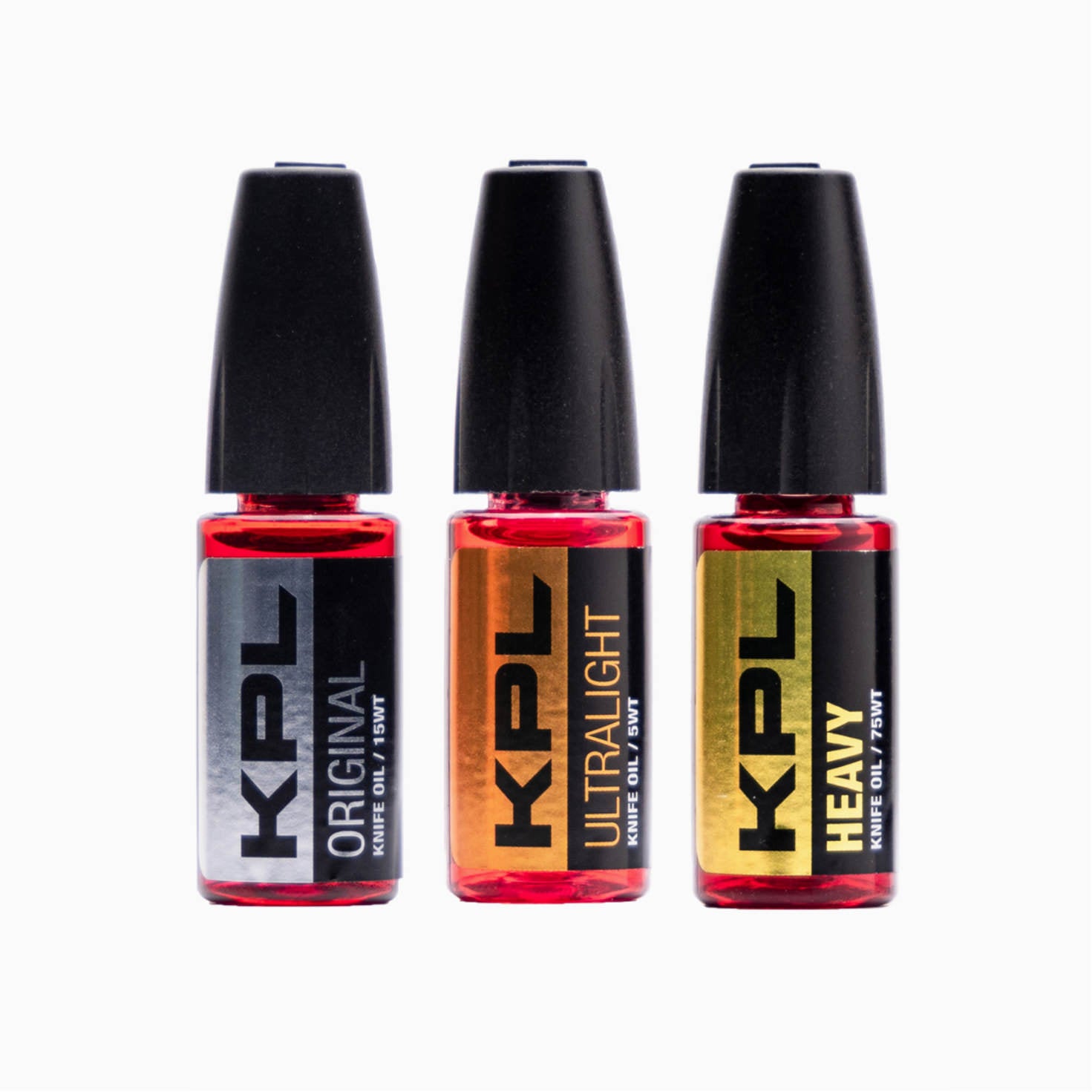
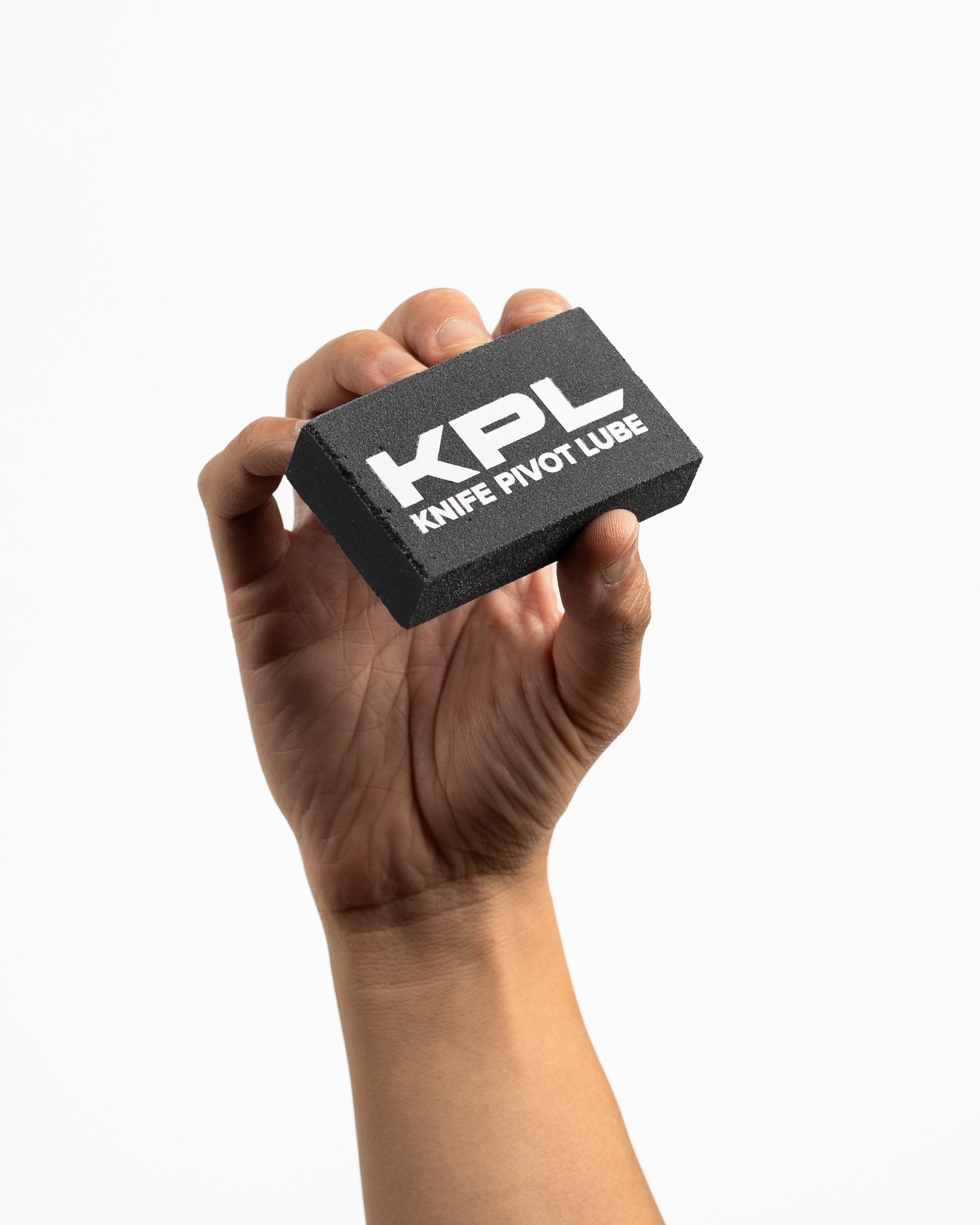
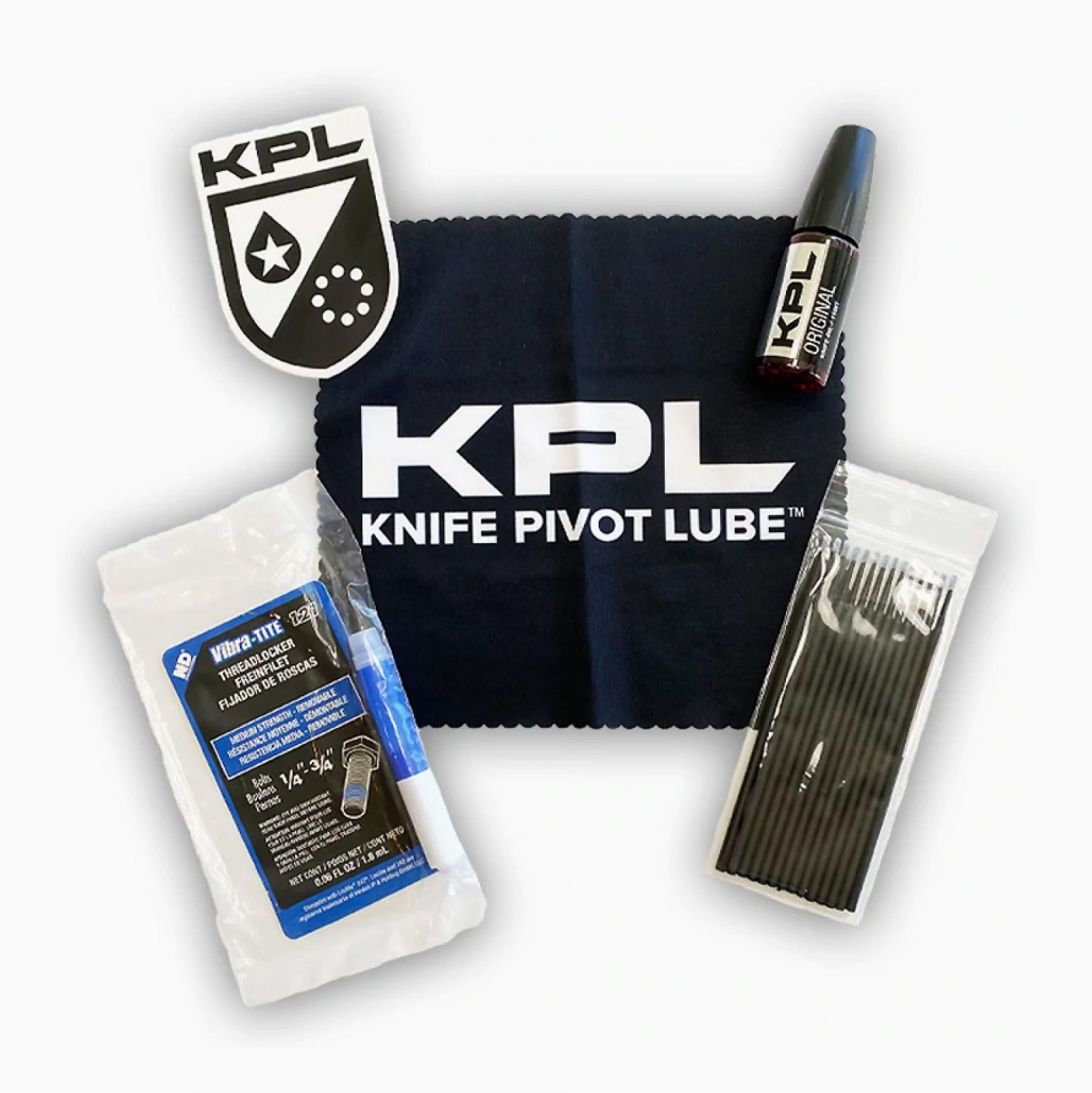
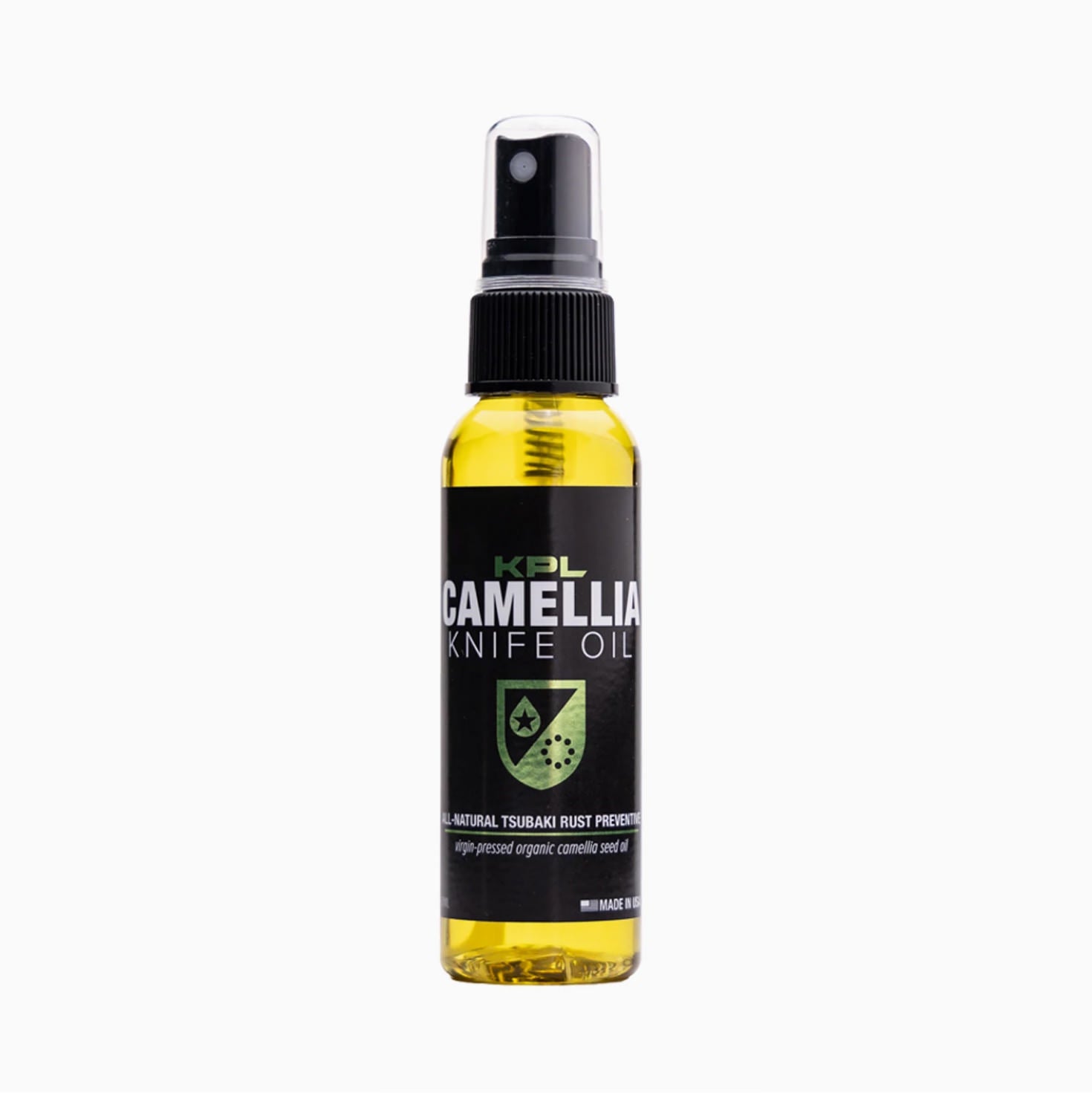


Comments
Bruce Yurman said:
I have taken many of my knives apart so I’m used to that, but your instructions had many new ideas to me.
I do use KPL Heavy.
Thanks for the article. I read and save all of them. Many tips and tricks are in them.
Thanks for all of them. Of course, thanks for for KPL products.